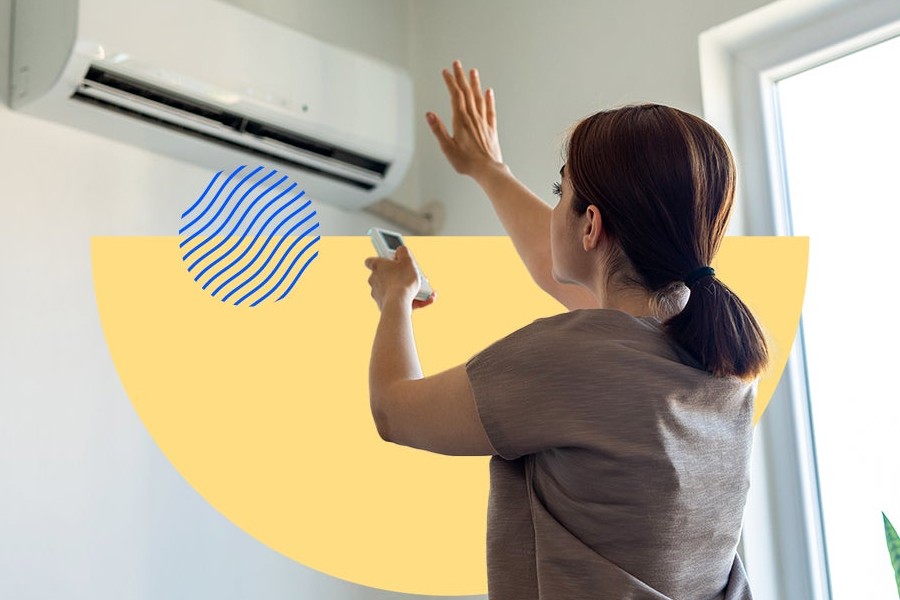
Elevator maintenance is a crucial aspect of building management that ensures the safety, efficiency, and longevity of these vertical transportation systems.
As a building owner, understanding the essentials of elevator upkeep is not only a matter of regulatory compliance, but it’s also integral to providing occupants with reliable service. In this article, we will delve into the best practices for elevator maintenance, the importance of regular inspections, the roles of building owners versus service providers, and how proactive maintenance can prevent costly repairs and downtime. It is through this knowledge that building owners can effectively manage elevator operations and provide a safe environment for their tenants.
Collaborating with Maintenance Providers
A successful maintenance strategy involves a collaborative relationship with experienced elevator service providers. They bring the technical expertise and tools necessary to perform regular maintenance and are typically the first responders when issues arise.
When selecting a service provider, consider their reputation, response times, breadth of services, and experience with your elevator system. The financial health and insurance coverage of the service provider are also important factors, as they indicate stability and assurance of service continuity.
Building owners should establish clear lines of communication with their service providers. Regular meetings can help to review maintenance reports, discuss any issues, and plan for any necessary work. This collaboration ensures that both parties are aligned and that the elevators are maintained to high standards. Whether it’s a veteran owned business or a larger corporation, the maintenance company should be a trusted partner in keeping your elevator system running smoothly. It’s essential to establish a maintenance schedule that ensures all necessary activities are performed and documented.
Understanding Elevator Types and Mechanisms
Before diving into maintenance protocols, it’s important to recognize the variety of elevators in use today. From traditional cable-driven elevators to modern hydraulic and even magnetic systems, each type comes with its own set of maintenance requirements. Knowing the specifics of the elevator system in your building is the first step in establishing an appropriate maintenance strategy.
Elevator functionality is not solely about the vertical movement of its cabin. It encompasses a complex orchestration of doors, cables, pulleys, control systems, and safety devices. Regular maintenance must address each of these components to ensure flawless operation and prevent any potential malfunctions.
The advent of smart technology has brought about significant advancements in elevator mechanisms. Smart elevators utilize computerized systems to optimize traffic flow and energy efficiency. For building owners, staying updated on the latest technological developments is crucial for keeping maintenance practices current and effective.
The Role of Preventive Maintenance
Preventive maintenance is the systematically scheduled care of elevator equipment aimed at preventing breakdowns and extending its lifespan. It involves the regular examination and servicing of critical components to ensure they operate correctly and to identify issues before they escalate into major problems.
The relationship between preventive maintenance and safety cannot be overstated. By routinely inspecting the mechanical and electrical systems of the elevator, technicians can detect wear and tear, misalignments, and other concerns that could jeopardize the safety of users if left unaddressed.
Cost efficiency is another important aspect of preventive maintenance. While it may seem like an additional expense, regular care helps avoid the higher costs associated with emergency repairs, replacements, and possible legal issues that can arise from elevator malfunctions or accidents.
Regular Inspections and Compliance
Elevator inspections are a crucial element of maintenance that ensures compliance with local and national safety codes. Professional inspectors are tasked with a thorough examination of all elevator components to verify their proper functioning and adherence to safety standards.
Inspections often result in a list of recommendations or required actions for the building owner. Promptly addressing these findings is not just about staying compliant; it’s about recognizing the value of such interventions in maintaining the integrity and reliability of the elevator system.
It is the responsibility of the building owner to maintain a schedule for these inspections, as required by law. Documentation of past inspections should be kept organized and accessible, providing a history of maintenance efforts and compliance that can be crucial during audits or in the event of any incidents.
Emergency Protocols and Training
In the case of elevator emergencies, such as entrapments or malfunctions, having a clear and practiced response protocol is essential. This protocol should include a procedure for safely rescuing passengers and steps to secure the elevator until technicians can resolve the issue.
Building staff, including security and maintenance personnel, should be trained in these emergency protocols. Their ability to respond quickly and effectively can significantly reduce stress for trapped individuals and mitigate potential harm.
It’s also advisable for building owners to ensure the installation of reliable communication systems within the elevators. This allows trapped passengers to easily alert building staff or emergency services in the event of an emergency.
The Significance of Modernization
Over time, elevator technology evolves, and what was once state-of-the-art can become obsolete. Modernizing elevators not only improves efficiency and safety but also enhances the overall value and appeal of the property.
A modernization project can be as straightforward as updating the control systems and fixtures or as extensive as replacing motors and drives. The key is to assess the cost-benefit ratio of such upgrades and plan them to minimize disruption to the building’s occupants.
Choosing to modernize elevators is also a commitment to sustainability. By incorporating energy-efficient features, such as regenerative drives, LED lighting, and optimized dispatching systems, building owners can significantly reduce the building’s carbon footprint.
Financial Planning for Elevator Upkeep
Elevator maintenance and modernization can represent significant budgetary considerations. As such, building owners must plan financially for both predictable maintenance and the unexpected costs that can arise from emergency repairs.
One approach is to establish a dedicated elevator maintenance fund that accrues over time, ensuring that when large expenses surface, they do not have a severe impact on the building’s financial stability.
Lastly, working with a reliable service provider often includes the option of a fixed-cost service contract. Such agreements can help stabilize maintenance costs, making financial planning easier and shielding the building’s budget from the volatility of unexpected repairs.
In conclusion, maintaining elevators is an ongoing responsibility that requires a partnership between building owners and service providers. With proper planning, proactive maintenance, and compliance with safety standards, building owners can ensure the longevity and reliability of their elevator systems. By staying informed on technological advancements and implementing modernization projects when necessary, building owners can also enhance the value and sustainability of their properties.
Become a Harlem Insider!
By submitting this form, you are consenting to receive marketing emails from: Harlem World Magazine, 2521 1/2 west 42nd street, Los Angeles, CA, 90008, https://www.harlemworldmagazine.com. You can revoke your consent to receive emails at any time by using the SafeUnsubscribe® link, found at the bottom of every email. Emails are serviced by Constant Contact








